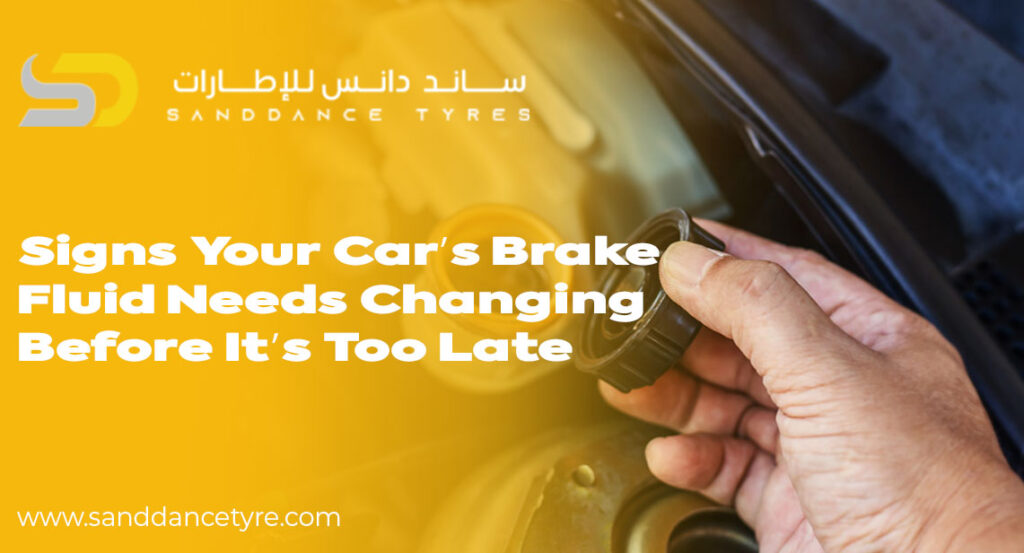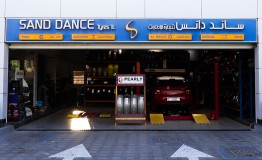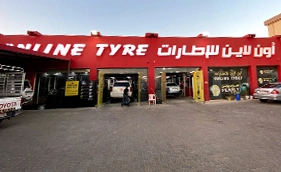Your car’s braking system is its most vital safety component — and at the heart of it lies the brake fluid. Over time, this fluid can degrade, leading to serious performance issues and safety risks. Knowing the signs your car’s brake fluid needs changing can save you from costly repairs and potentially dangerous situations. Regular brake fluid change service ensures your braking system stays responsive and reliable, no matter the driving conditions.
Understanding the Importance of Brake Fluid
Brake fluid is a hydraulic liquid responsible for transferring force from the brake pedal to the brake pads. Without it, your car wouldn’t be able to stop effectively. However, brake fluid naturally absorbs moisture over time, reducing its efficiency and increasing the risk of brake failure.
When moisture enters the system, it lowers the boiling point of the fluid, leading to brake fade — especially during heavy braking. That’s why most car manufacturers recommend a brake fluid change service every 2 years or as specified in your owner’s manual.
1. Spongy or Soft Brake Pedal
A spongy or soft brake pedal is one of the earliest warning signs of contaminated brake fluid. If you have to press your pedal further than usual or it feels “mushy,” that indicates air or moisture in the hydraulic lines. This situation reduces braking efficiency and increases stopping distances — a clear signal that your Car’s Brake Fluid change is due.
Ignoring this sign can make emergency braking difficult, putting you and others at risk. A quick inspection at your trusted auto center can confirm if the fluid needs to be flushed or replaced.
2. Brake Warning Light Turns On
Modern vehicles are equipped with dashboard indicators that alert you when there’s an issue with your braking system. If your brake warning light illuminates, it could point to low brake fluid levels or contamination.
Don’t ignore this alert. It’s a signal that your braking system may not be operating at full capacity. A professional brake fluid change service can restore optimal pressure and prevent future mechanical damage.
3. Reduced Braking Performance or Delayed Response
If you notice your car taking longer to stop, it’s a strong indicator that your brake fluid is losing its effectiveness. Over time, heat and moisture degrade the fluid, causing vapor buildup that reduces hydraulic pressure.
This symptom often appears gradually, making it easy to overlook until braking becomes noticeably sluggish. Maintaining a healthy braking system isn’t just about safety — it also helps extend the lifespan of your vehicle’s other components. For drivers also looking to optimize performance, checking dunlop tyres prices in UAE through a trusted online tyre shop can ensure your car grips the road effectively during braking.
4. Dark or Dirty Brake Fluid
Fresh brake fluid has a light, golden color. Over time, as it absorbs moisture and collects debris from internal components, it darkens. If your brake fluid appears brown or black, it’s time for a replacement.
Dirty fluid can corrode seals and cylinders, leading to costly repairs. Checking your brake fluid reservoir regularly — usually located under the hood — can help you monitor the condition. If it’s discolored or has particles floating in it, schedule a Brake Fluid change by Sand Dance Tyre right away to restore optimal performance.
5. Strange Noises When Braking
Unusual noises, like squealing, grinding, or scraping, can indicate multiple issues — including contaminated brake fluid or worn-out pads. While it’s easy to assume it’s just the pads, neglected brake fluid can also cause metal components to overheat and create friction noises.
Addressing these noises early through a brake fluid change can prevent severe wear on your brake lines and calipers. For expert diagnosis and reliable maintenance, consider professional services like Car’s Brake Fluid change service by Sand Dance Tyre, which ensures precision and quality every time.
6. Burning Smell After Heavy Braking
A sharp, burning odor after intense braking — such as when descending a hill or towing — often means your brakes are overheating. This heat can cause brake fluid to boil, leading to vapor bubbles that reduce braking pressure.
Once the fluid reaches its boiling point, it’s no longer reliable. If you experience this, avoid driving until your vehicle cools and have a mechanic inspect the system. A timely brake fluid change service can prevent overheating and ensure long-term brake efficiency.
7. Unusual Brake Pedal Behavior
If your brake pedal feels inconsistent — sometimes firm, sometimes soft — it’s another red flag. Inconsistent resistance may result from air trapped in the lines or contaminated fluid affecting pressure.
Regular fluid replacement not only maintains pedal consistency but also prevents corrosion and internal damage. Don’t wait for complete failure; a preventive Car’s Brake Fluid change by Sand Dance Tyre ensures smooth and dependable braking performance.
How Often Should You Change Your Brake Fluid?
The frequency of brake fluid changes depends on your driving habits and environment. Generally, a brake fluid change service every 20,000–40,000 km is ideal. However, frequent stop-and-go traffic, high humidity, or towing heavy loads can shorten that interval.
Consult your owner’s manual or visit an authorized service center for expert advice tailored to your vehicle’s needs.
Benefits of Regular Brake Fluid Maintenance
| Benefit | Description |
| Enhanced Safety | Keeps brakes responsive and reliable. |
| Longer Component Life | Prevents corrosion and extends system longevity. |
| Consistent Performance | Maintains proper hydraulic pressure. |
| Cost Savings | Avoids expensive repairs caused by neglect. |
Regular maintenance keeps your car running smoothly and prevents unexpected failures on the road.
Expert Tip: Always Choose Quality Brake Fluid
Not all brake fluids are created equal. Using the wrong type can damage seals and reduce system performance. Always follow the manufacturer’s recommendation (DOT 3, DOT 4, or DOT 5.1).
If in doubt, consult professionals like Sand Dance Tyre, who specialize in brake fluid change service and ensure top-grade materials and workmanship.
Conclusion
Your car’s braking system is too important to neglect. Recognizing the signs your car’s brake fluid needs changing can prevent accidents and keep your vehicle running safely. A timely brake fluid change service from experts like Sand Dance Tyre ensures peace of mind, better performance, and long-lasting reliability.
FAQs
1. How often should I schedule a brake fluid change service?
Typically, every 2 years or 20,000–40,000 km, depending on driving conditions.
2. What happens if I don’t change my brake fluid?
Old fluid can cause brake failure, corrosion, and expensive repairs.
3. Can I check brake fluid myself?
Yes, most cars have a visible reservoir. If the fluid looks dark or cloudy, it’s time to replace it.
4. Is brake fluid the same for all cars?
No, different vehicles require specific types like DOT 3 or DOT 4. Always check your owner’s manual.
5. Where can I get a professional brake fluid change?
Visit trusted experts like Sand Dance Tyre for high-quality and reliable service.















